HIABC Inspection Guidelines during COVID-19 Epidemic
This protocol is designed to reduce the risk of HIABC home inspectors bringing the Covid-19 into the home or carrying it from one inspection to another. This provides the best possible protection for the occupants of the inspected home and future homes, the home inspector and the community at large.
The general environment that home inspectors work in guided the development of this protocol along with guidance from Provincial and Canadian health authorities and other reliable sources.
HIABC recommends you follow this protocol as the minimum requirement for all inspections. In addition to this protocol, it is important that Protective measures published by the BCCDC are followed.
1. After booking the inspection, send the Covid-19 inspection protocol to all parties involved in the home inspection to avoid possible confusion and complications on the day of the inspection.
2. HIABC recommends that no one attend the inspection. Even when the two-meter social distancing practices are followed, if anyone in attendance developed symptoms within 48 hours, this could be considered a medium risk exposure that could trigger the need for 14 days of self monitoring by all in attendance.
3. To ensure the inspection will be at the lowest possible exposure risk, ask if in the last 14 days the occupants:
have been in isolation or quarantine,
are sick or have shown any symptoms of sickness,
are aware of contact with anyone exposed to the coronavirus.
If the answer to any of these questions is yes, consider this a medium or high exposure risk inspection, even if no one was attending the inspection. We recommend rescheduling medium or high-risk inspections to a more favourable date.
4. If the home inspector or anyone scheduled to attend the inspection becomes sick, the inspection should be rescheduled or cancelled.
5. Inspectors should wear personal protection equipment. Minimal PPE would be a mask and shoe covers (or inside shoes that can be sanitized). Gloves are not recommended as they can create a false sense of protection that can do more harm than good.
6. Use a plastic bag to collect used wipes, gloves and any other disposable items used during the inspection. Take this bag with you and dispose of it with other household waste.
7. Deliver the post inspection summary review using email, phone and/or video chat rather than in-person meetings. This will ensure the inspection is completed with the lowest possible exposure risk.
8. Sanitize all tools used during the inspection, phone, inside footwear if used, any other items used. Sanitize the key and lockbox which are not likely going to be sanitized by anyone else.
9. Ask the sellers to provide clear and unobstructed access to the heating equipment; water heater; electrical panel and attic access hatch. This will ensure the inspector does not handle any of the seller’s contents more than necessary.
10. Ask the sellers to raise/open all window coverings so the inspector can open and close the windows as is required by our Standards. This limits the items the inspector must handle in the seller’s home.


